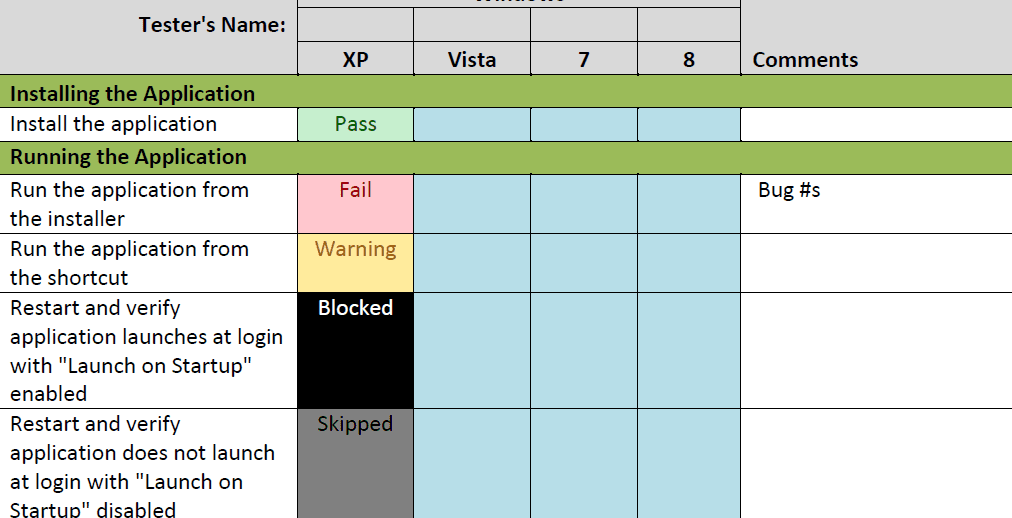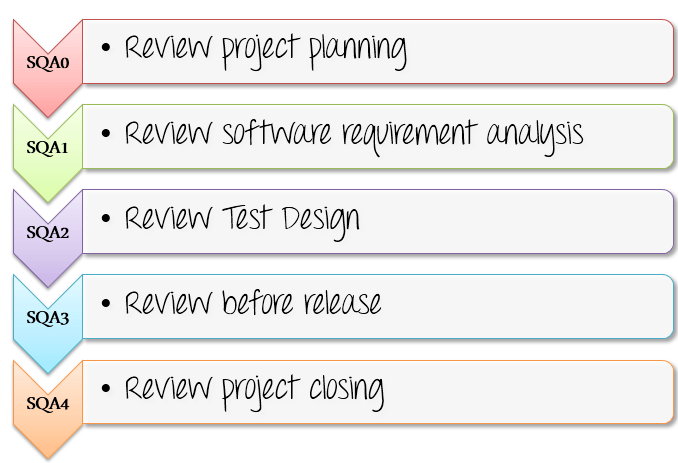And for our last topic of this partial we haaaaave… sooftware review!!! *claps*
- Definition and characteristics of review
- Activities and roles for each review
- How to review the key work products: plans, requirements, design, and code
Software review is an important part of the software life cycle, assisting engineers in validating quality, functionality and other vital features and components in the sofware. It can be seen as a systematic examination of a document by one or more individuals who try and find any mistakes in it, specially during the early stages of this cycle, some examples of this documents are “test plans” or “test cases”.

We can pinpoint the main objective of software review and it’s characteristics by understanding what is the purpose or the objectives of using this process:
- Improve the productivity of the development team.
- Make the testing process time and cost effective.
- Finish our product with as few defects as possible, reaching the definition listed in our requirements as close as we can.
- Eliminate inadequacies, garbage code and anything which is not listed as a requirement
Productivy guys!!!
Finally, we can say there are 3 main types of software reviews:
Software Peer Review:
Focuses on the process of assessing the technical content and quality of the product, conducted by the author of the work product along with some other developers.
Software Management Review:
Software Management Review evaluates the work status. In this section decisions regarding downstream activities are taken.
Software Audit Review:
It’s a type of external review in which one or more critics, not part of the development team, organize an independent inspection of the software product and its processes to assess their compliance with stated specifications and standards.

As for the processes and activities we usually have in software review:
- Entry Evaluation:A standard check-list is used by entry criteria in order to ensure an ideal condition for a successful review.
- Management Preparation:During this stage of the process, a responsible management ensures that the software review has all the required resources, which includes things like staff, time, materials, and tools.
- Review Planning:To undergo a software review, an objective is identified. Based on the objective, a recognized team of resources is formed.
- Preparation:The reviewers are held responsible for preparing group examination to do the reviewing task.
- Examination and Exit Evaluation:In the end, the result made by each reviewer is combined all together. Before the review is finalized, verification of all activities is done that are considered necessary for an efficacious software review.



